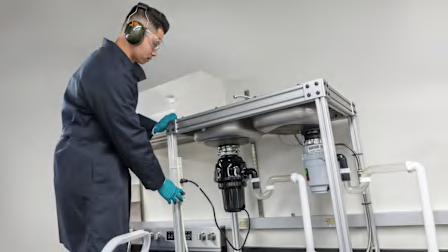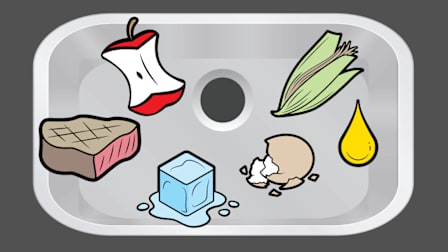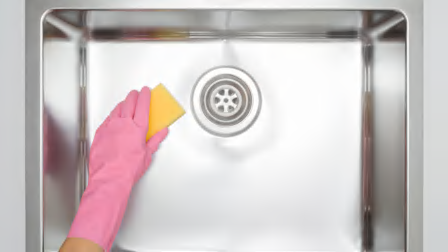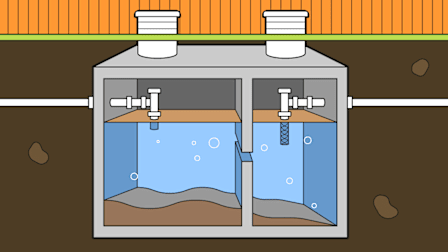How to Clean Your Garbage Disposal
Experts share how to best deodorize and de-grime using common household ingredients
When you shop through retailer links on our site, we may earn affiliate commissions. 100% of the fees we collect are used to support our nonprofit mission. Learn more.
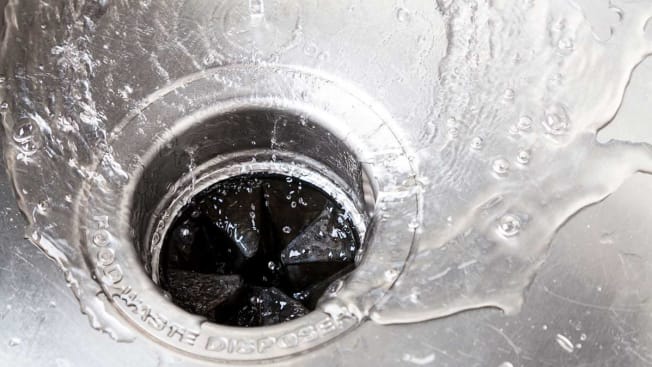
Your garbage disposal has a seemingly magical way of making your leftovers disappear down the drain. But with each use, food debris builds up and eventually makes your sink stink. The good news? Appliance experts say that beyond proper usage and occasional cleaning, garbage disposals don’t require much else in terms of maintenance. And contrary to popular belief, you don’t need to use harsh chemicals—there’s an easy remedy using simple ingredients you probably already have in the kitchen.
You can also extend the life of your disposal beyond the eight- to 10-year average life expectancy if you’re careful about what foods you throw down its gullet. Here’s how to clean your garbage disposal when odors develop, plus general best practices for everyday use that will help keep the smells at bay.
General Garbage Disposal Tips
“Most odors that come out of the garbage disposal are coming from food buildup on the splash guard,” says Alyssa Wiegand, product manager at Moen. That’s the removable black rubber panel that sits atop your sink’s drain hole. You can scrub it with warm water and baking soda or simply toss it in the top rack of a dishwasher.
To keep gunk and odors to a minimum, make sure you’re always using the disposal with water—before, during, and after grinding food.
“Oftentimes, odors from the sink actually come from foods that haven’t fully exited the disposal or drainpipes,” Wiegand says. “You can’t see it, but you can probably smell it.”
Run cold water before you turn on the disposal, while grinding food, and then for about 7 seconds after you hear the grinding stop. These three stages of water flow allow food to thoroughly move through the pipes after it leaves the disposal.
In our tests, we found that one last flush of water, once the disposal is off, is also a good idea.
In the lab, we installed each disposal in a custom rig attached to clear pipes so that our engineers could watch for clogs. They noticed that during grinding, even tiny ground-up food particles stayed suspended in water flowing through the P-trap, the squiggly part of the drainpipe that prevents sewer gases from creeping back into the house.
“The particles settled to the bottom of the trap once we turned the water off,” says Larry Ciufo, who oversees testing of garbage disposals at CR. “Turning the water back on would flush the remaining particles away.”
What Not to Do With a Garbage Disposal
While there are several disposal cleaner solutions on the market, Schultz advises looking closely at the label before purchasing. “Some contain corrosive materials that could cause harm to the disposal,” he says. “Look for products that have been specifically formulated for disposal cleaning.”
For the same reason, never put lye or chemical drain cleaners into a garbage disposal.
One major safety note: Although garbage disposals don’t have sharp blades (they have impellers that use centrifugal force to spin food up against a stationary grind ring), manufacturers caution against reaching your hands inside the disposal to clean it. You’re not going to slice off an appendage, but you could still nick yourself.
Best Garbage Disposals
Here are the best garbage disposals from our tests, listed in order of Overall Score. See our garbage disposal buying guide for more information, and for test results on over 60 models, check our garbage disposal ratings.
@consumerreports Garbage disposals can handle many types of foods—but don’t treat it like a trash can. See ratings and reviews at CR.org/home. #kitchentok #cleantok #cleaningtiktok #garbagedisposal
♬ original sound - Consumer Reports





























